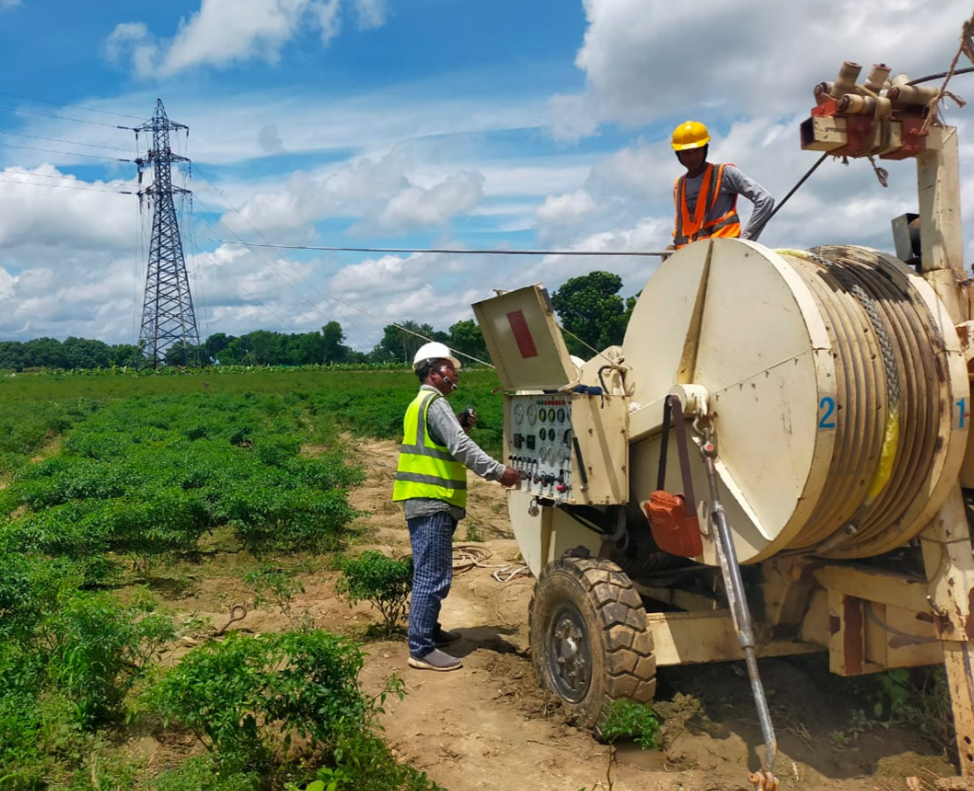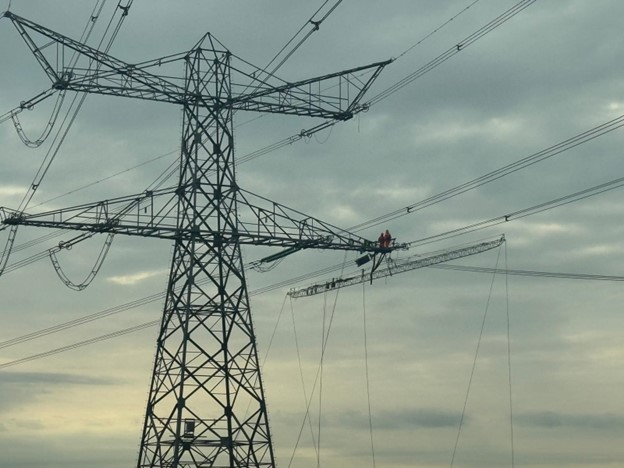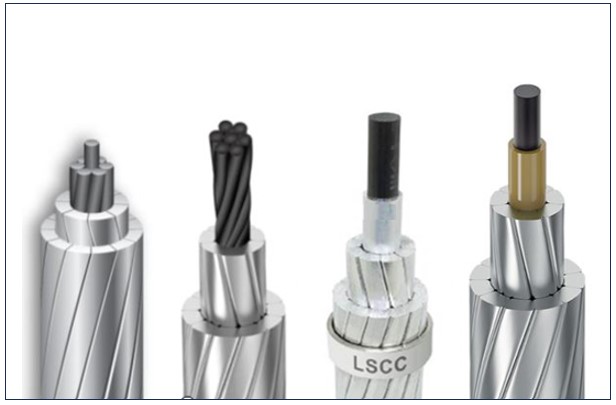The evolution in selecting overhead transmission conductors has significantly advanced from its historical simplicity. Initially, the choice was straightforward: conductors were selected to efficiently transfer power from generation sources to load centers or substations. Copper conductors are still used in lower voltage distribution lines, but for high voltage transmission (20 kV and above), aluminum conductors with steel reinforcement, such as ACSR (Aluminum Conductor Steel Reinforced) and ACSS (Aluminum Conductor Steel Supported), have been predominant. These traditional conductors are known for their strength and ability to support longer spans between towers.
The advent of the ACCC® Conductor (Aluminum Conductor Composite Core) represents a significant advancement, offering substantial cost-saving benefits over ACSR and ACSS conductors. This post delves into how ACCC® Conductors can reduce capital costs, addressing the traditional challenges of overhead transmission line design and showcasing the advantages of this modern conductor.
The Basics of Conductor Selection
Transmission engineers must balance numerous factors when choosing conductors, including cross-sectional area, thermal performance, and capacity to handle varying weather conditions. These factors encompass ambient temperature, solar radiation, wind speed, and more. Additionally, engineers must design structures to support the weight, tensile loads, and thermal sag of the conductors, ensuring safe clearances near structures, vegetation, and roads.
Comparing ACCC® with ACSR and ACSS Conductors
Thermal and Electrical Performance:
ACSR Conductors: ACSR conductors feature a steel core that enhances strength but adds weight, leading to greater sag and reduced ampacity compared to more modern conductors. They operate effectively at temperatures around 75°C, but exposure to temperatures above 93°C can weaken the steel core, impacting strength and hardware longevity.
ACSS Conductors: ACSS conductors offer improved thermal ratings and higher ampacity than ACSR conductors, but still exhibit more sag. This necessitates taller structures placed at closer intervals, which can increase infrastructure costs.
ACCC® Conductors: ACCC® Conductors feature a light weight, high strength, low sag composite core which allows them to incorporate ~30% more conductive aluminum without a weight or diameter penalty. The added aluminum content and reduced thermal sag allows greater ampacity compared to ACSR or ACSS conductors. For example, a 1447 kcmil Munich size ACCC® Conductor can handle 2,376 amps at 200°C, compared to similar weight/diameter 1113 kcmil Finch size ACSR’s 1,266 amps at 100°C, offering a significantly greater reserve capacity of 1,176 amps. An ACSS conductor may be able to carry more current than and ACSR conductor but may exceed sag limitations unless structure placement and height enables this.
Capital and Operational Cost Benefits:
Reduced Tower Costs: ACCC® conductors’ reduced sag enables towers to be spaced further apart. This not only decreases the number of towers needed but also allows for lighter and less costly structures, leading to considerable savings in tower construction and installation.
Decreased Foundation Costs: The lighter weight of ACCC® conductors means that tower foundations can be smaller and less complex, reducing construction costs further.
Lower Maintenance and Replacement Costs: ACCC® conductors require less maintenance and have a longer lifespan compared to ACSR and ACSS. Their resistance to corrosion and thermal degradation reduces the need for frequent replacements and repairs, leading to lower long-term operational costs.
Cost Analysis Scenario
To illustrate the benefits, consider a 40-mile 220 kV single-circuit transmission line using either a 1113 kcmil Finch size ACSR or a 1447 kcmil Munich size ACCC® Conductor. Despite their similar weight and diameter, the ACCC® Conductor provides superior performance:
Line Losses: ACCC® conductors offer a 30% reduction in line losses, equating to 14,512 MWh/year or $1,451,220 annually at $100/MWh. Over 30 years, this results in savings of $43,536,572.
Generation Capacity Savings: With ACCC® conductors, there is a 1.66 MW reduction in required generation capacity, saving approximately $1.6 million in initial capital costs.
Environmental Benefits: The use of ACCC® conductors also reduces CO2 emissions by 7,011 metric tons annually, totaling 210,317 metric tons over 30 years.
Conclusion and Recommendations
While ACCC® conductors may have a higher initial cost per meter compared to ACSR and ACSS conductors, their numerous advantages often outweigh the upfront expense. The significant reductions in line losses, infrastructure and maintenance costs, and the environmental benefits make ACCC® conductors a compelling choice for new transmission line projects.
The overall cost savings and performance improvements realized with ACCC® conductors underscore their value as a long-term investment. For projects where budget constraints and environmental impact are critical factors, ACCC® conductors offer a modern solution with proven benefits. To date, over 175,000 km of ACCC® conductors have been successfully deployed in more than 1,325 projects across 67 countries. For further information on implementing ACCC® conductors, visit www.ctcglobal.com.





